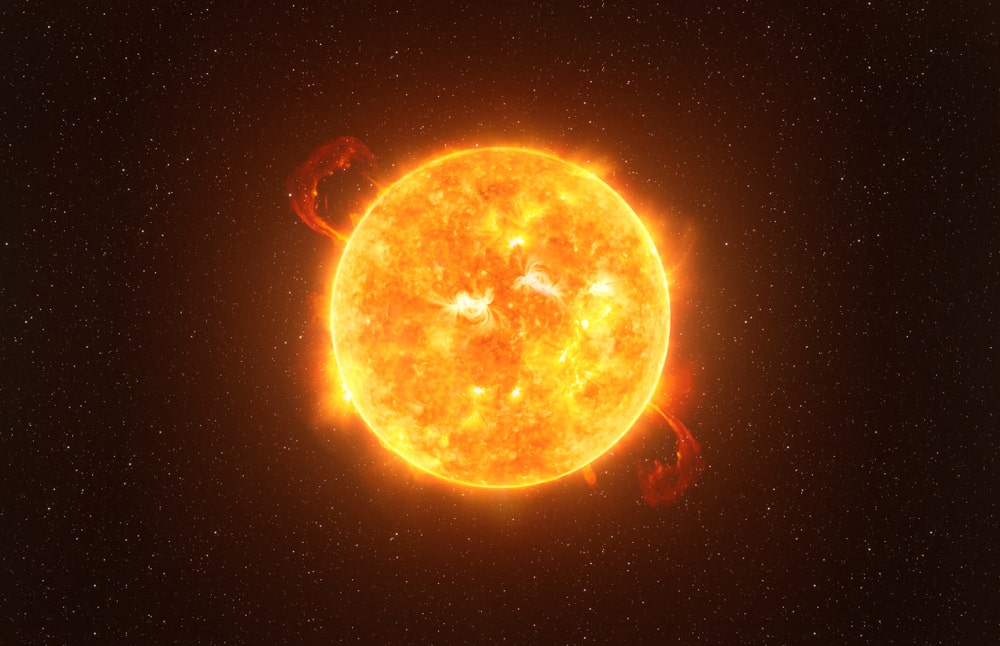
A solar storm classed as G4 may create widespread disruption to radio and electrical systems.
According to various media outlets, a series of colossal solar X flares have erupted (the 2nd of which at X9.1 is the largest since 2017) may create disruption to electrical systems and unusually widespread Northern Lights displays.
The flare erupted on Thursday in the middle of the Sun’s visible surface, and reportedly follows a run of powerful space weather events which have caused radio blackouts in recent days.
It has triggered a halo coronal mass ejection (CME), ejecting plasma from the Sun and battering Earth with plasma and magnetic particles, which should arrive around 4pm GMT on Friday, according to Spaceweather.com.
Past geomagnetic storms have disrupted navigation systems, power grids and satellite communications technology. The NOAA Space Weather Scales, which were introduced to “communicate to the general public the current and future space weather conditions and their possible effects on people and systems”, suggests this may be a G4 class “severe” storm.
According to the NOAA website: “The scales describe the environmental disturbances for three event types: geomagnetic storms, solar radiation storms, and radio blackouts. The scales have numbered levels, analogous to hurricanes, tornadoes, and earthquakes that convey severity. They list possible effects at each level. They also show how often such events happen and give a measure of the intensity of the physical causes.”
Under such a scenario, disruption could be caused to power systems with possible widespread voltage control problems and some protective systems will mistakenly trip out key assets from the grid. Spacecraft operations may experience surface charging and tracking problems. HF radio propagation could be sporadic, satellite navigation degraded for hours, and low-frequency radio navigation disrupted.
To provide a real time example of the connectivity of this event is its impact upon another connected risk event such as Hurricane Helene, which Russell wrote about recently (see link to Helene multi-class risks blog). Importantly in this post event era, the focus is about co-ordinating a clean-up and rescue effort for Helene.
To do this widely, and so widely as is the nature of this specific storm, VHF (Very High Frequency) radios are used by many emergency services teams to speak to teams of people on specific private channels but also to intercept traffic (information) on other central channels for the police, fire & rescue services.
All these channels use radio waves to connect, and these are expected to be interrupted or possibly inoperable for a time, due to the noise these events cause, possibly hampering a co-ordinated recovery effort in the worst hit areas.

Related Articles
Reinsurance
Reinsurance
Reinsurance